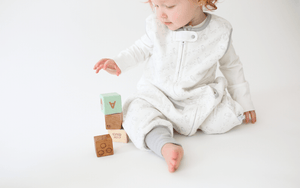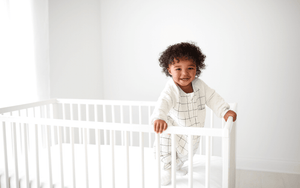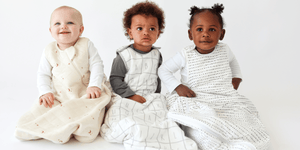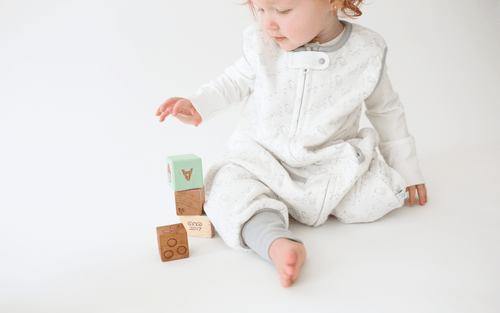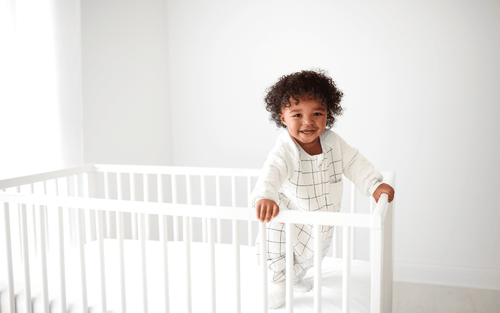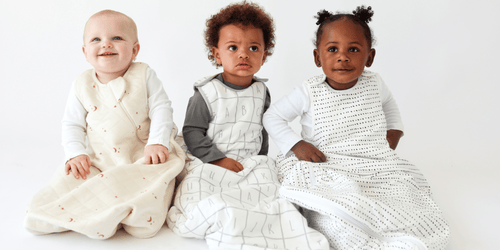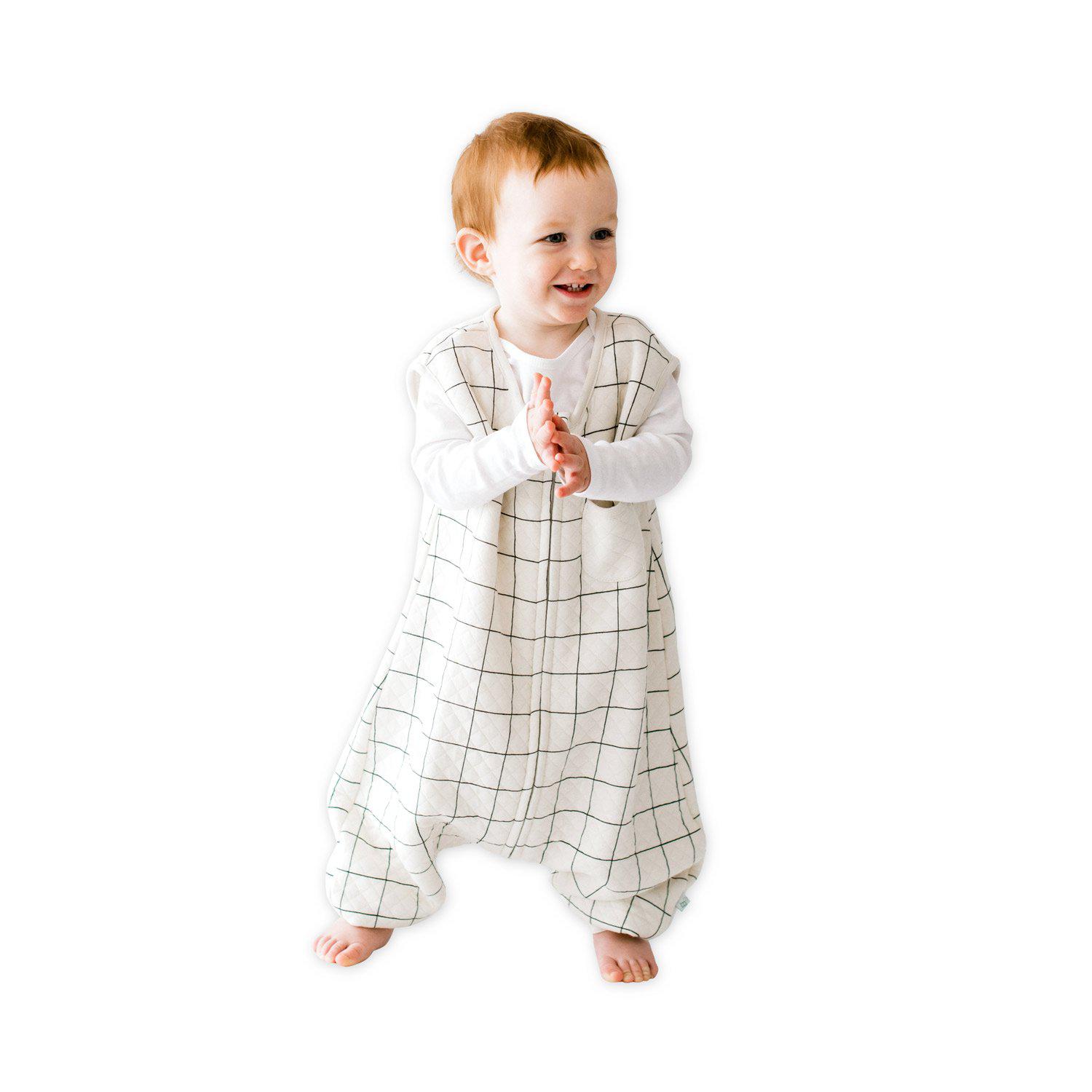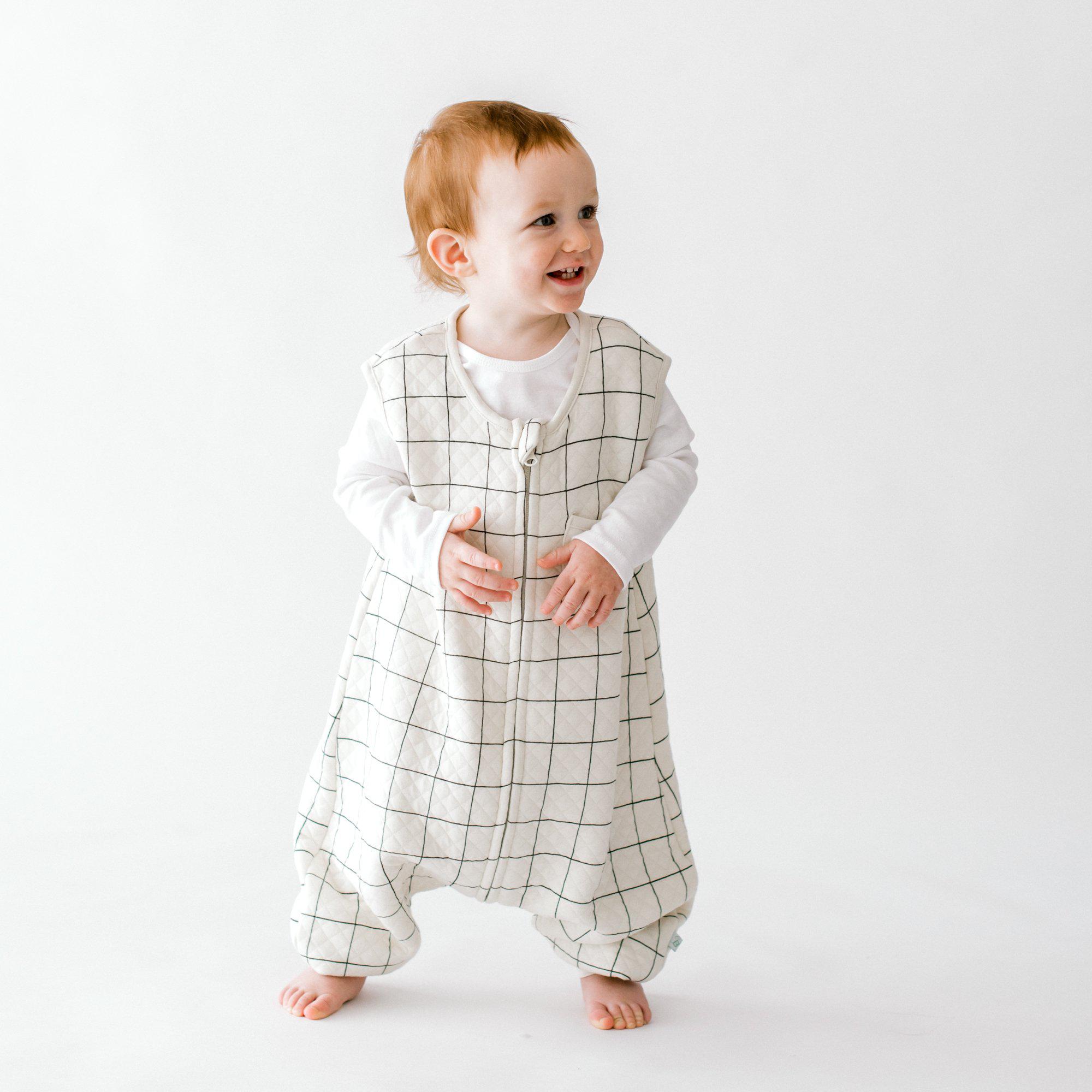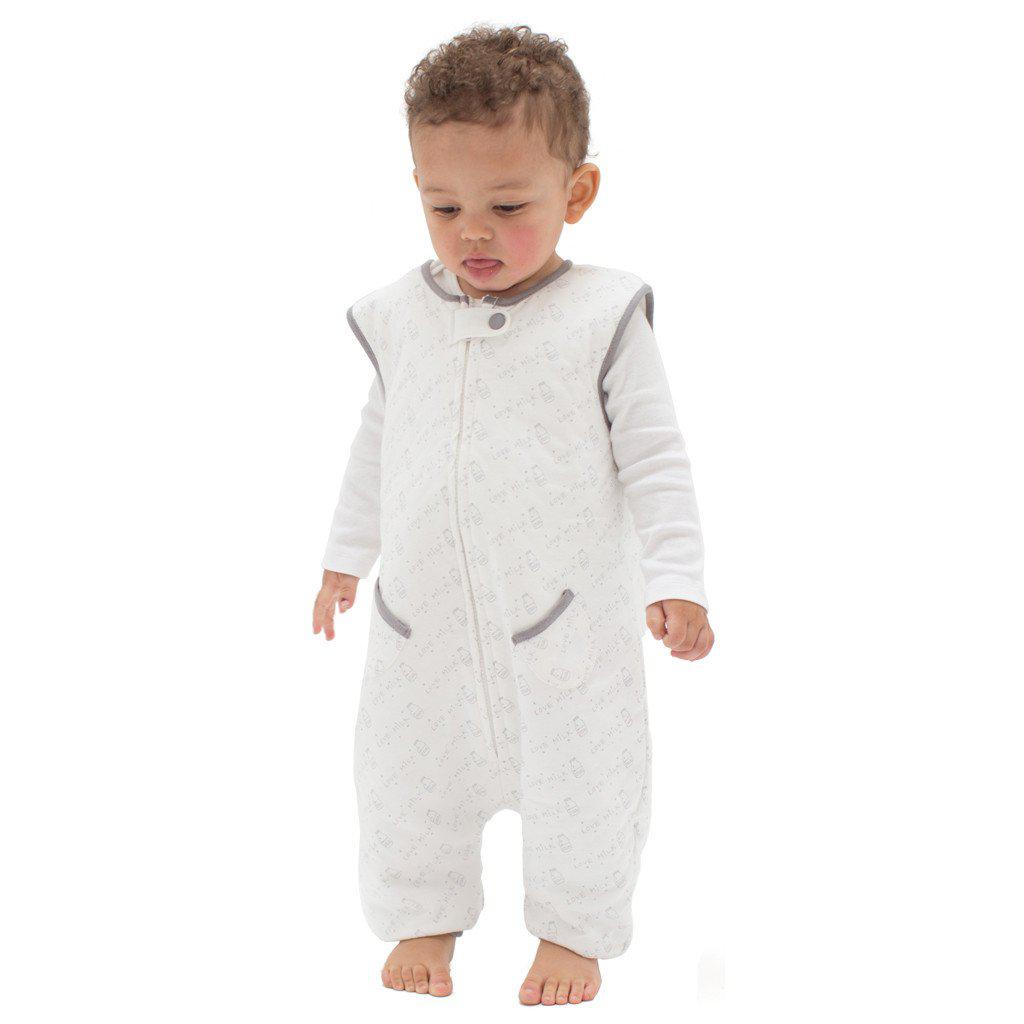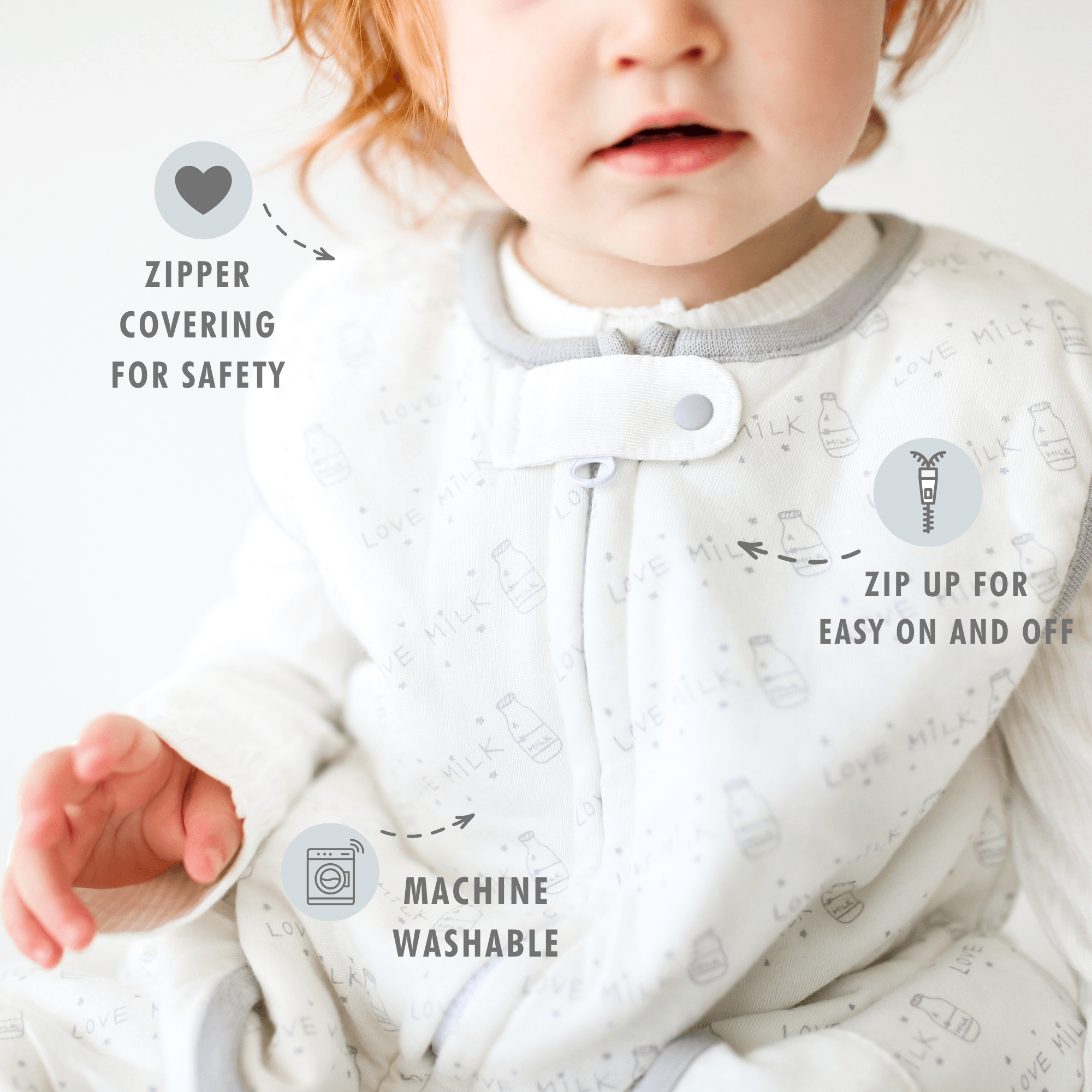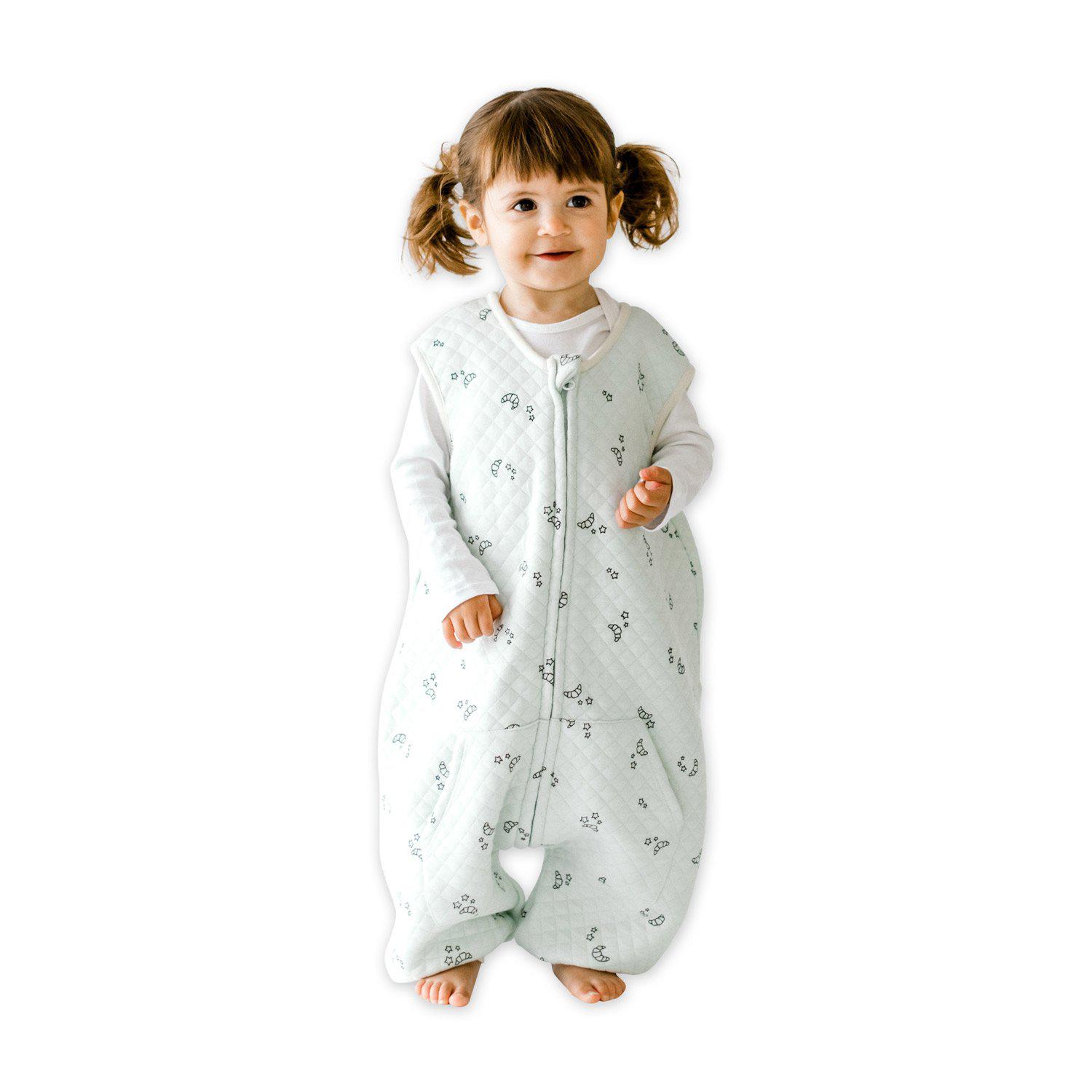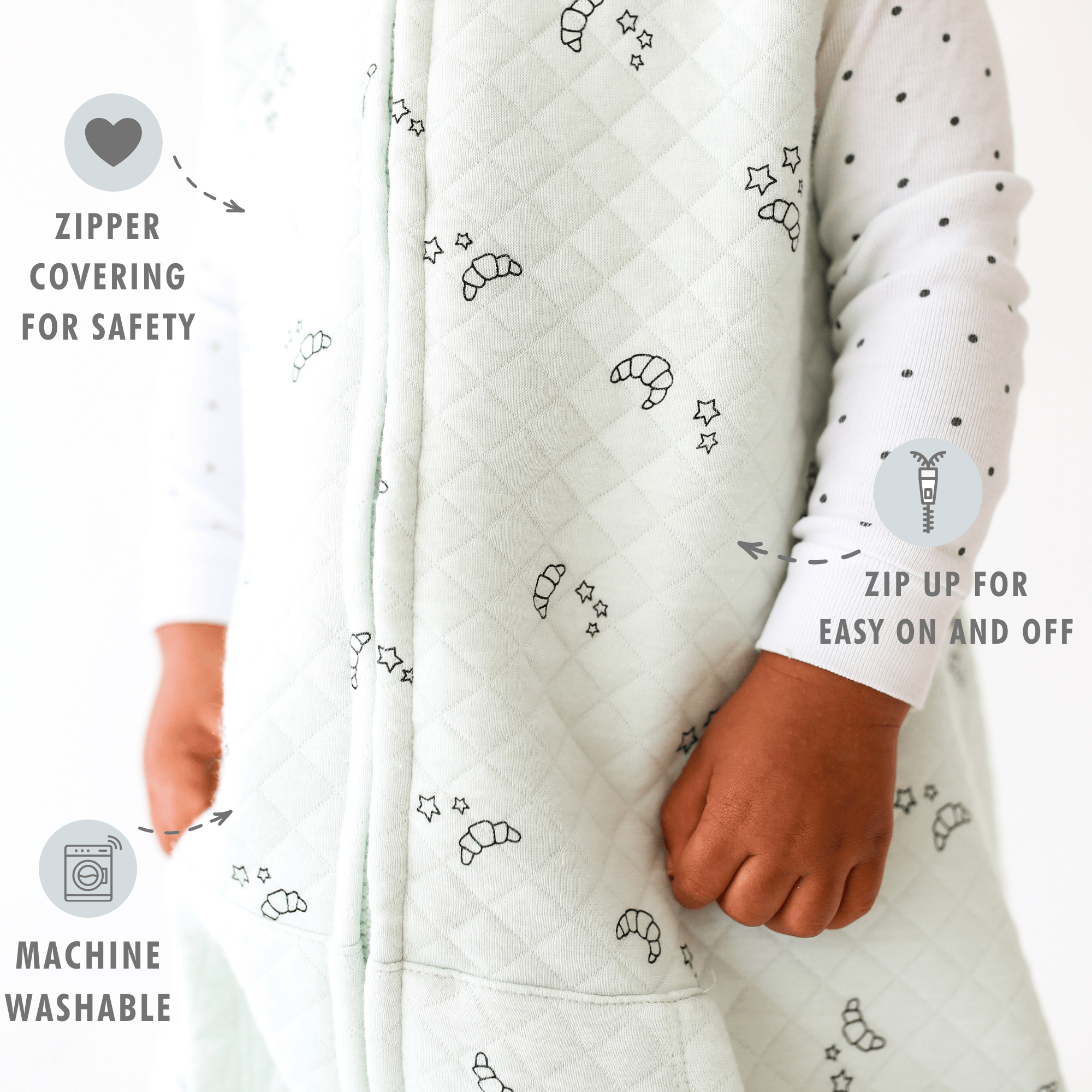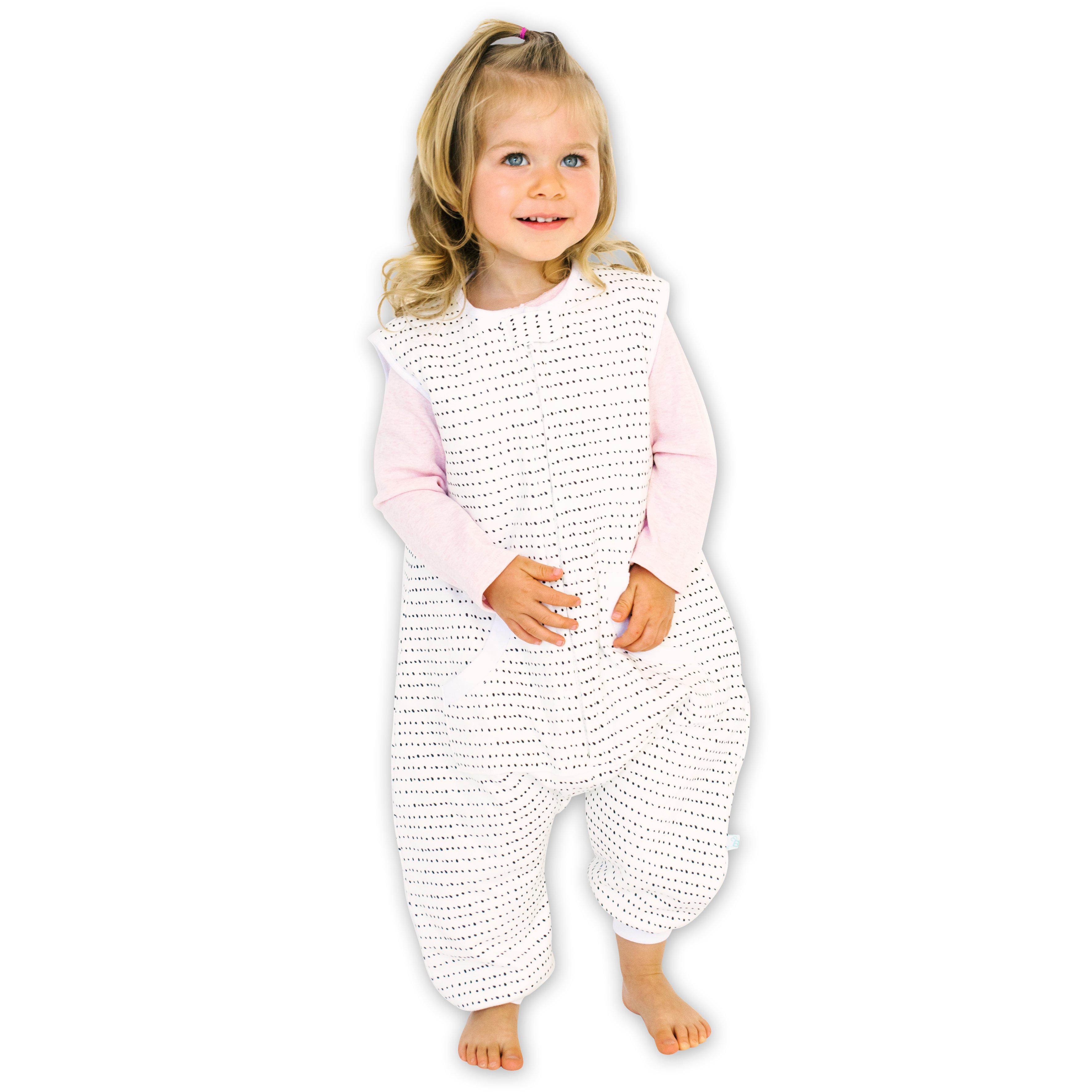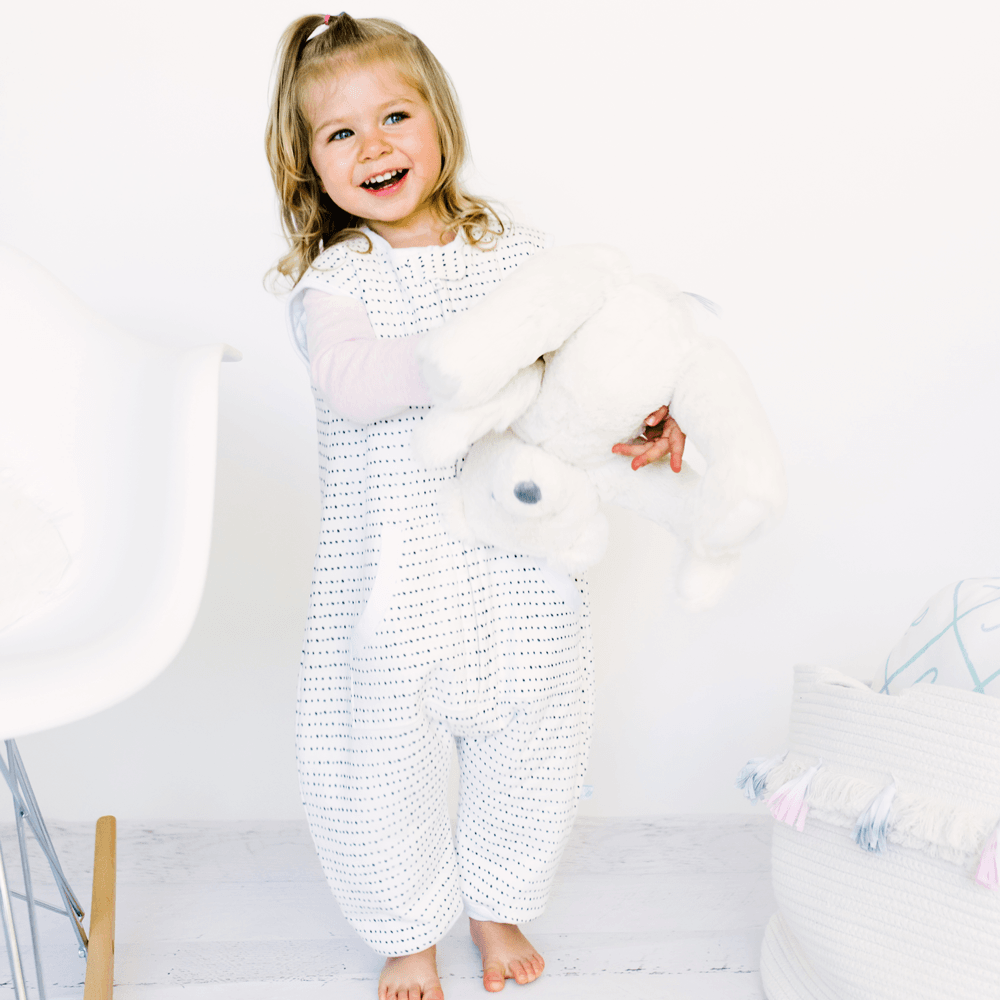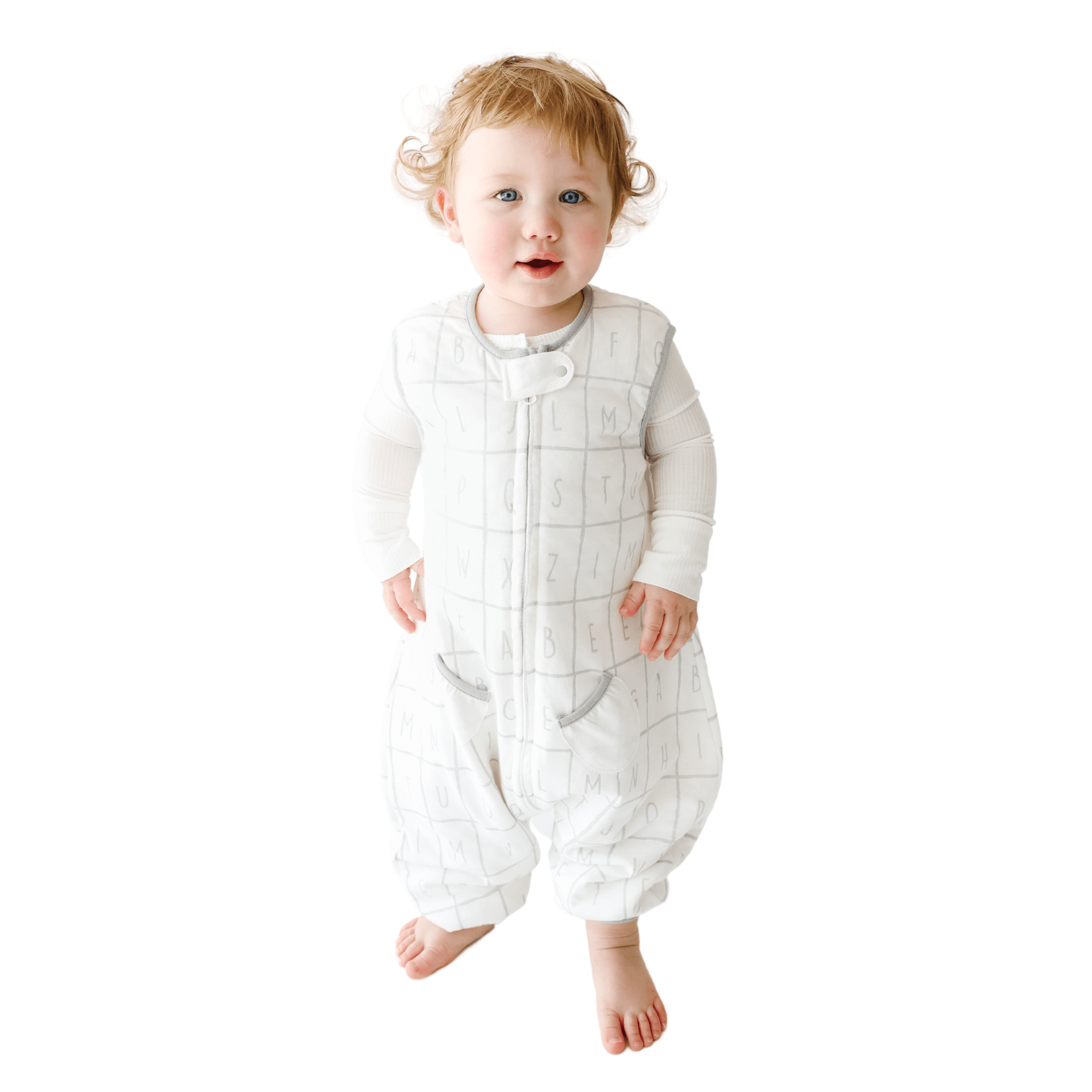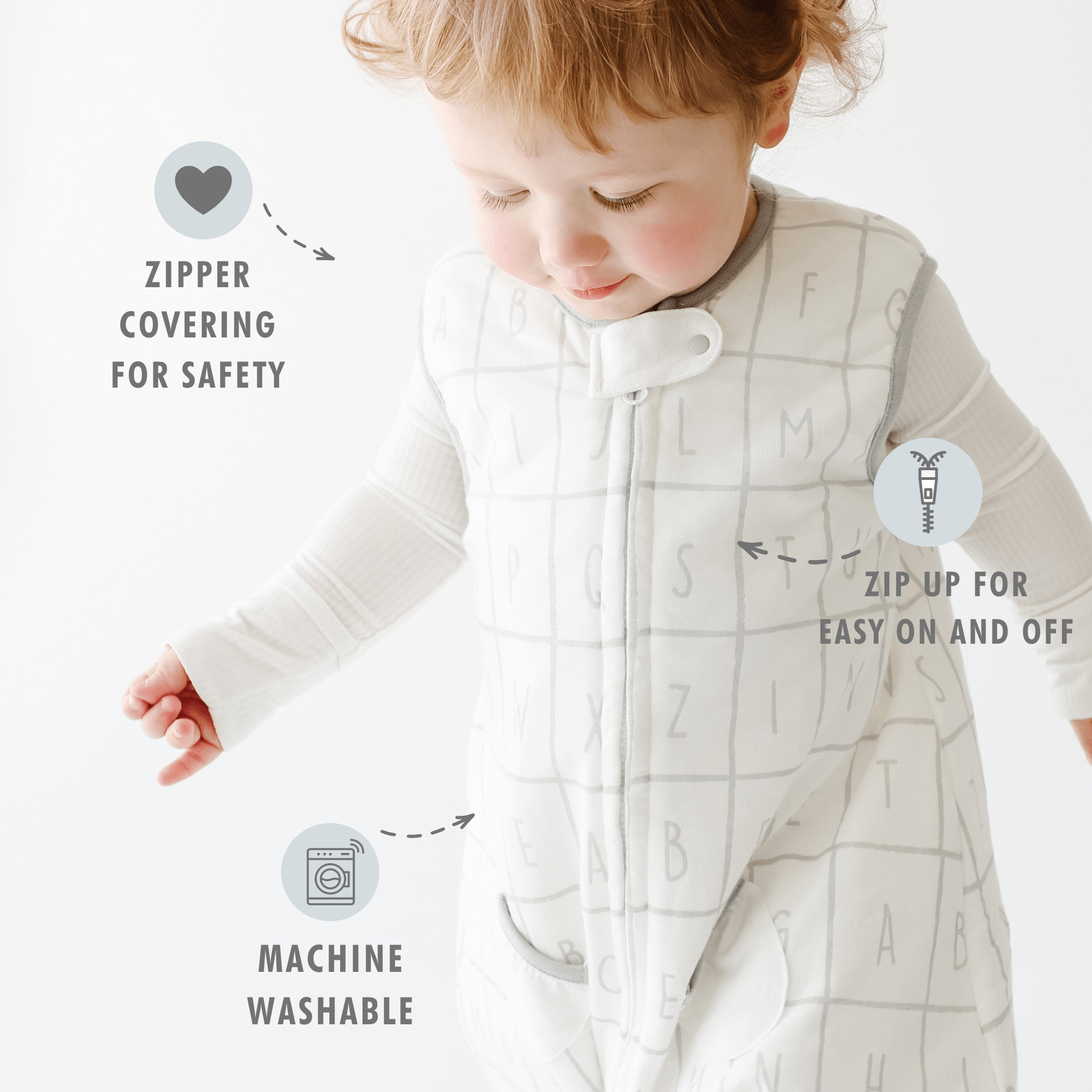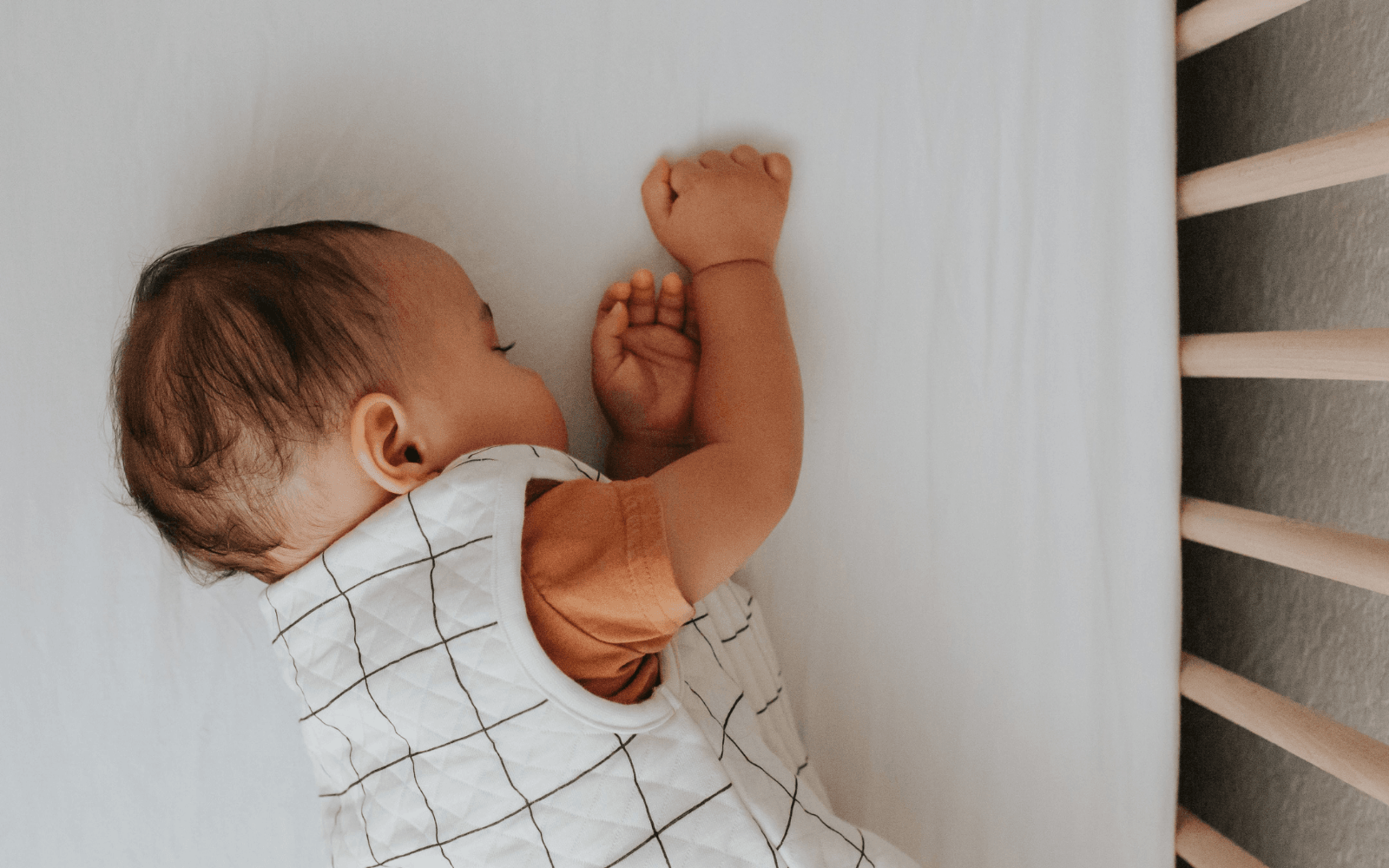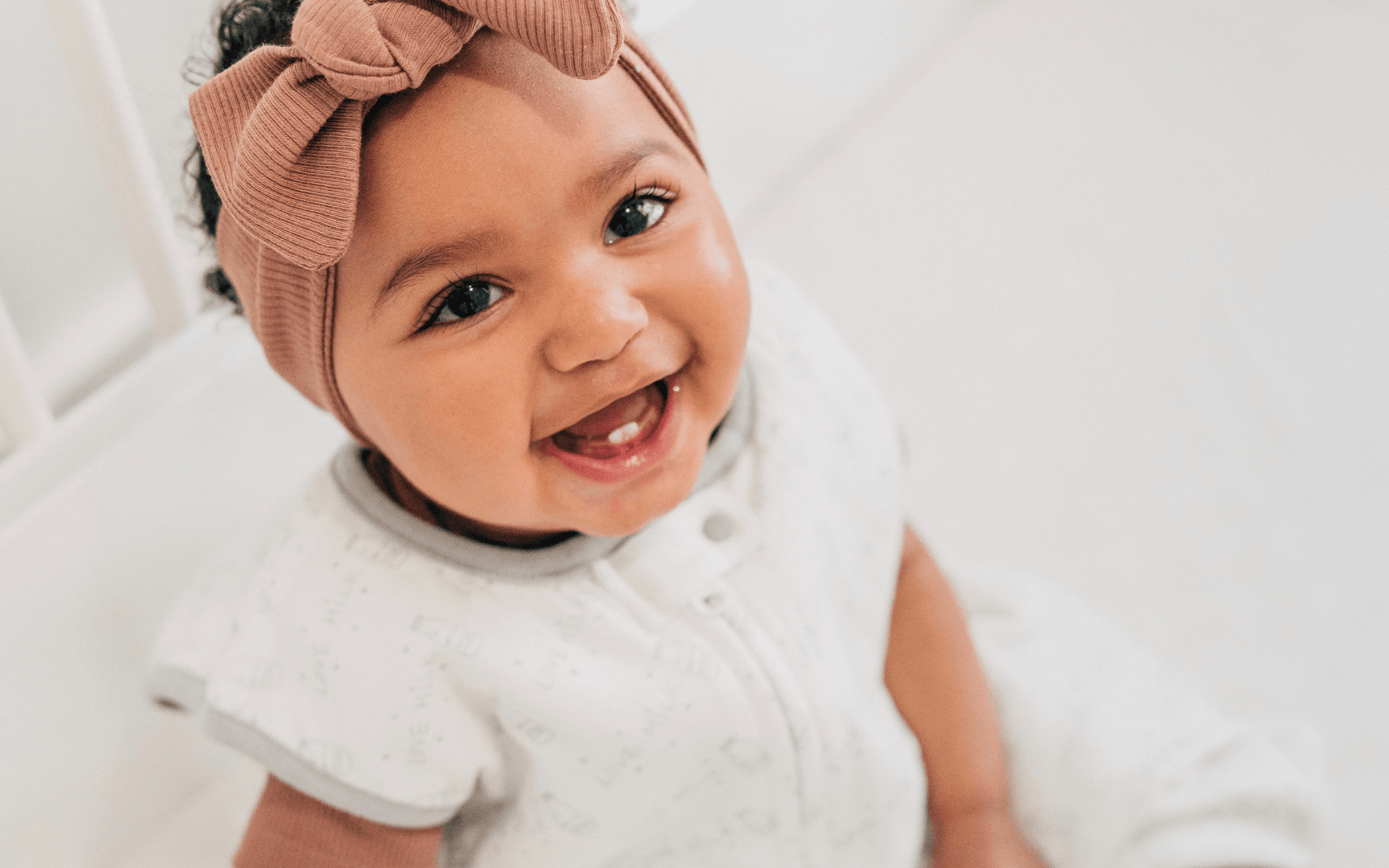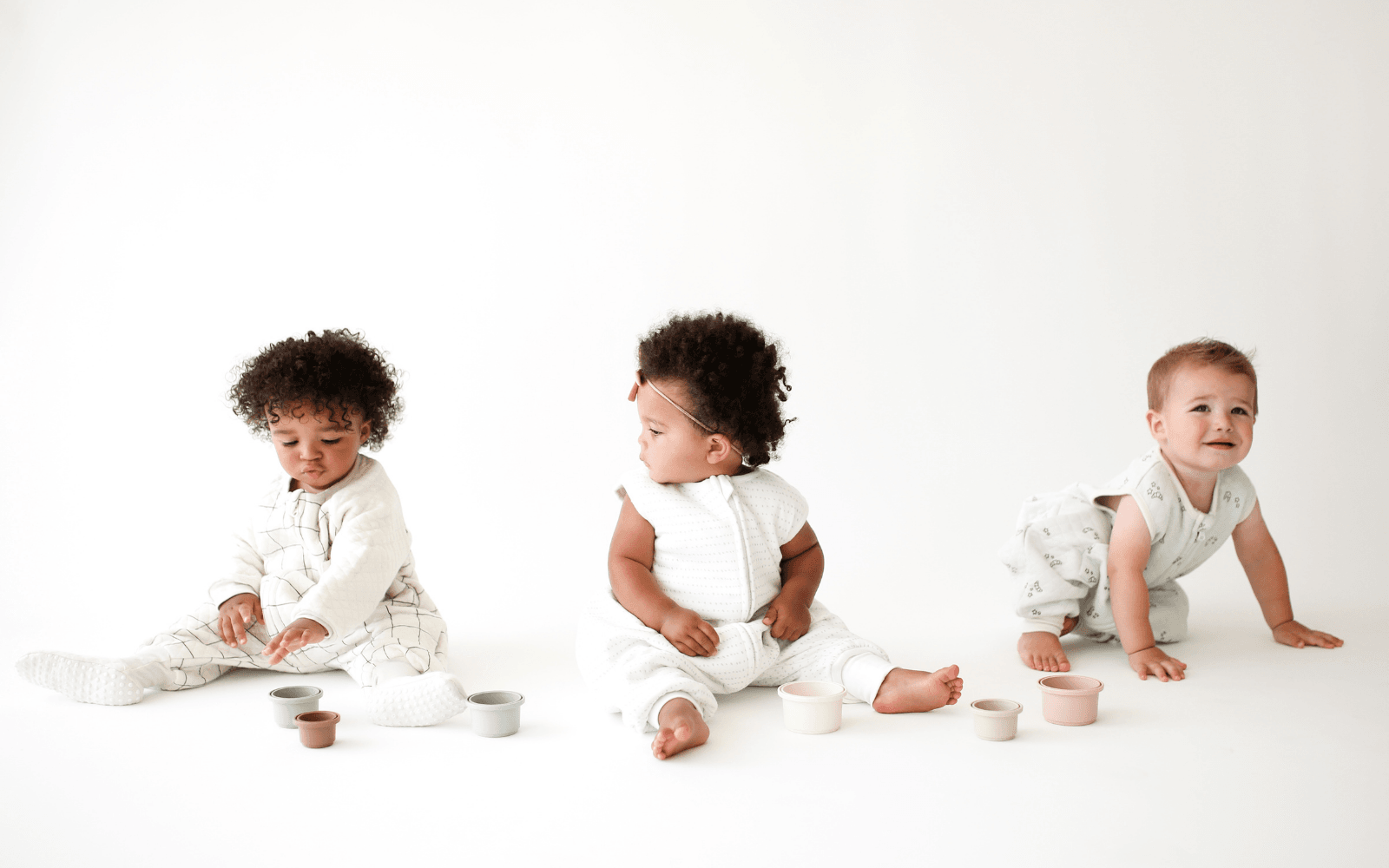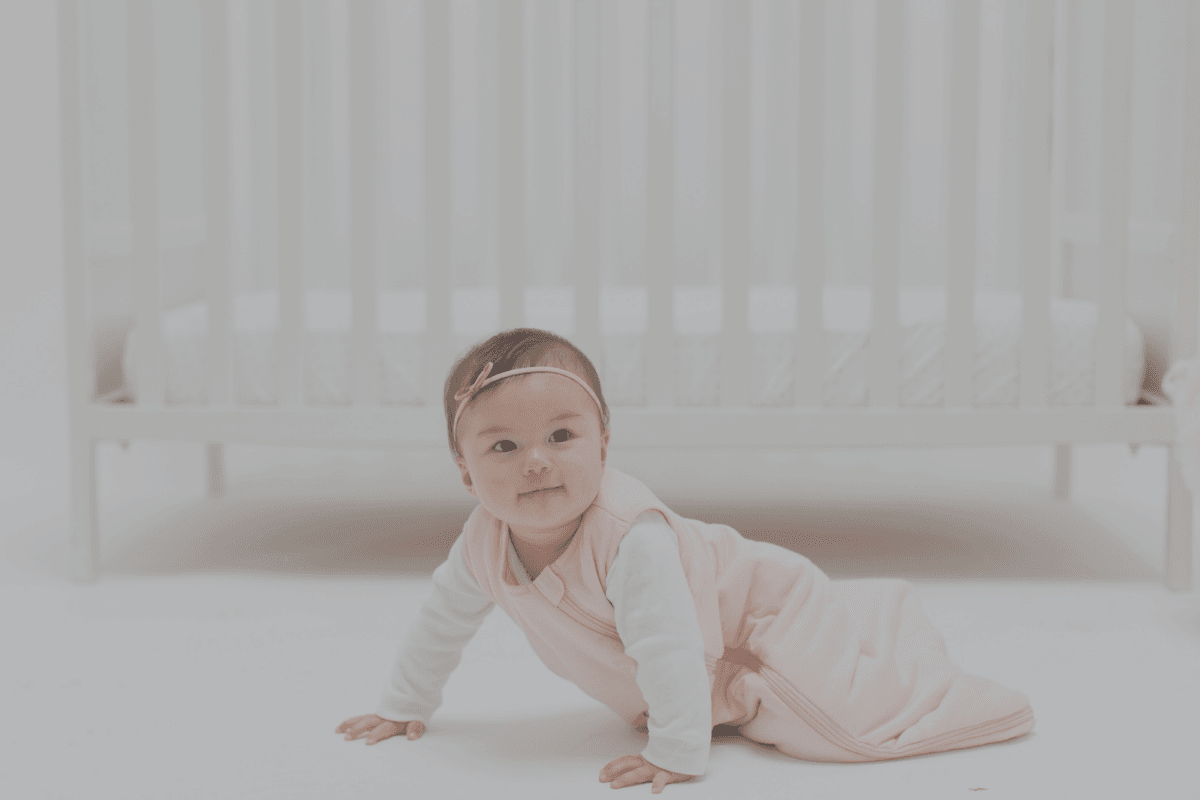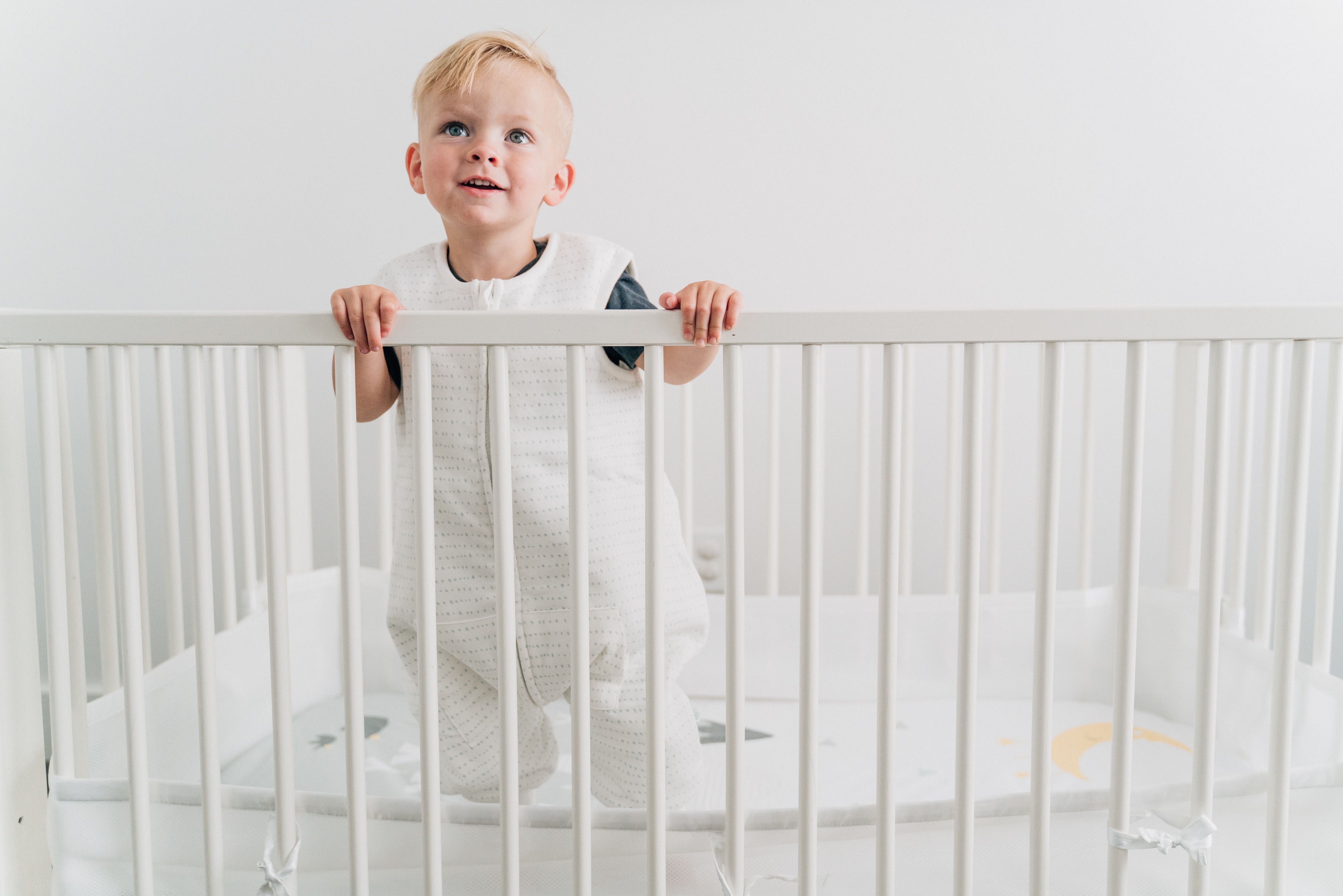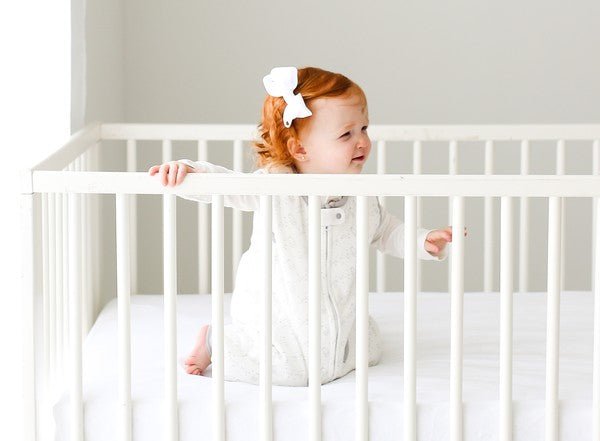Safety First: Sleep guidelines to help create the safest sleep environment for your baby
By: Desiree Baird, pediatric sleep coach

September is baby safety month so it’s a perfect time to cover sleep safety for your little one. Whether you’re a new parent or a 4th time parent, it’s always good to brush up on the latest recommendations from the American Academy of Pediatrics (AAP) as to how to create the safest environment for your bundle of joy.
Parents, grandparents and caregivers can help create a safe sleep space for babies by taking the following steps:
Think ABC’s of Sleep – Alone, Back and Crib.

Follow these guidelines for all sleep times (naps + night sleep). “A”- always let your baby sleep alone in their safe sleeping space. “B”- baby should always be placed on their back. “C”- always put your baby to sleep in a bassinet or crib.
Use a Firm, Flat Sleep Surface, with a Fitted Sheet
Make sure your baby sleeps in a safe sleeping place with a firm surface. Babies should sleep in a bassinet, crib, portable crib, or play yard that meets current safety standards. The bassinet should be labeled “bassinet” and not labeled “lounger” or “sleeper.” A lounger or sleeper is not a safe sleeping place for your baby. If your baby falls asleep in a car safety seat, stroller, swing, rock n play, lounger/sleeper, infant carrier, or infant sling, move your baby to a safe place with a firm sleep surface (crib, bassinet) as soon as you can.
Same Room to Sleep; Not the Same Bed

It’s okay for your baby to sleep in the same room where you sleep, but not in the same bed. Babies who sleep in the same bed as their parents, on a couch, or on a chair alone or with a parent, are at risk for SIDS, suffocation, or strangulation. Parents can roll onto babies during sleep and babies can get tangled in the sheets or blankets. You can keep the crib or bassinet within arm’s reach of your baby. The AAP recommends room sharing for at least the first 6 months of your baby’s life, or ideally until your baby is one year old.
No Soft or Loose Objects

Cover the mattress with only a tight-fitted sheet . Do not put blankets or pillows between the mattress and the fitted sheet. Pillows, quilts, comforters, sheepskin, bumper pads, stuffed animals, pacifier clips, and toys can be very dangerous. Do not use positioners that claim to keep babies on their back. These do not reduce the risk of SIDS and pose a suffocation or entrapment danger. Keep soft objects, loose bedding, and other objects out of the crib.
Additionally, use a proper fitting swaddle or sleep sack. Swaddle blankets or receiving blankets can become loose and cover the baby’s face. The AAP recommends stopping using the swaddle when the baby shows signs of attempting to roll over, or at 8 weeks, whichever comes first. A rolling baby can easily get stuck in a compromised position when swaddled. For healthy hip swaddling, make sure you swaddle properly with legs bent up and out. Sudden straightening of the legs as often done during improper swaddling can damage the cartilage or displace the bones out of their sockets. This is known as hip dysplasia.
Relevant Read: Help! My Baby Doesn't Like Swaddling Anymore
Ensure your Baby is Not Too Hot nor Too Cold

Do not let your baby get too hot, especially in their swaddle. Keep the room where your baby sleeps at a comfortable temperature (between 68 – 72 degrees). In general, dress your baby in no more than one extra layer than you would wear. Your baby may be too hot if he or she is sweating, cheeks are red, or the chest feels hot.
Relevant Read: How To Dress Baby For Sleep
Safety first!
Although sleep can be rough during those first few months of parenthood, just know that keeping your baby safe should always be your priority. You too can rest a bit easier knowing you created a safe sleep environment for your baby. If you find yourself struggling with lack of sleep, be sure to reach out to your support system so you can get the rest you need.

About Desiree
